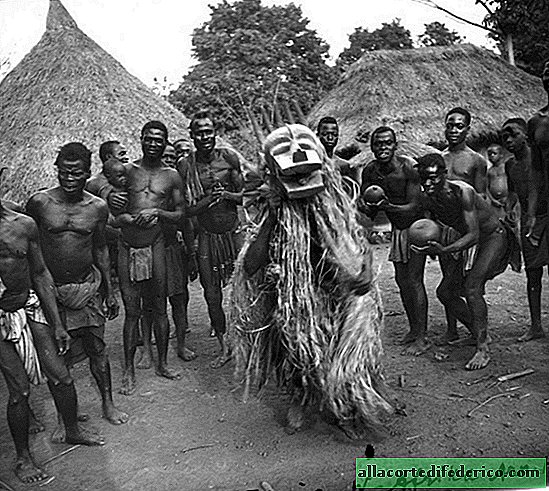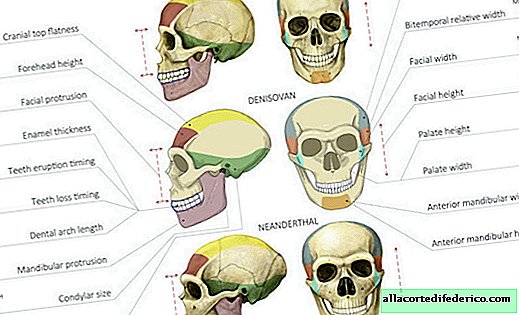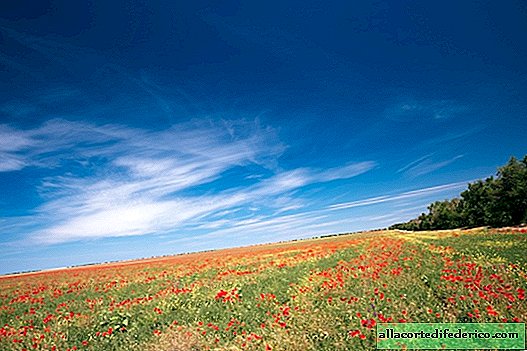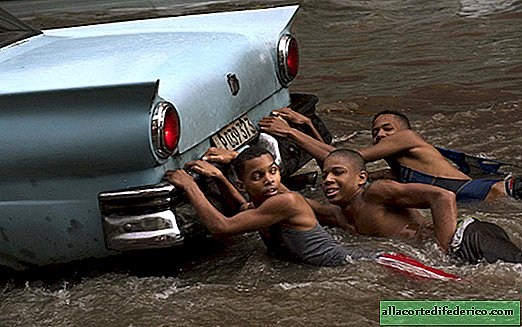Four horsemen of the Apocalypse: how they differ and how to correctly understand them
The most famous heroes of the darkest book "Apocalypse" are the riders. They move on horses of different stripes, each carrying their own items.
The first rider on a white stallion, with a crown on his head, a bow and arrow in his hands. Why does this representative of hell have a white horse? After all, this color represents purity. And here it is used for the negative hero.
 Philipp Jakob Loutherbourg d. J., 1798
Philipp Jakob Loutherbourg d. J., 1798There is no consensus on this. Some theologians interpret so that the first horseman supposedly has no relation to the rest. Moreover, there are those who believe that this is Jesus Christ. After all, he has not only a white horse, but also a crown! In some paintings, it is painted so that divine light emanates from the face. Other theologians claim that this is not Christ, but an imitation of him. And if so, then this is the Antichrist! And he is riding a white horse because in ancient Rome it was so customary for the winner to enter the city.
He does not have a specific name. In ancient times he was called the "Conqueror". In the 19th century they began to call the "Plague". There are suggestions that the Greek god Apollo could be his prototype. Researchers brought a bow and arrows to these thoughts. Apollo shot arrows at people, and they were dying. Therefore, when you look at the image of the first rider and you are not afraid, it should be so.
The second rider appears before us on a red stallion. In his hands is a sword. He is often portrayed alone. He is a symbol of abuse.
 13th century miniature
13th century miniatureThe Bible says about him: "It is given to take peace from the earth so that people kill each other." Red is a symbol of blood, suffering, and need. The sword is an attribute of a warrior. In the era of the creation of the work "Revelation of St. John the Evangelist", the Roman army was considered the most powerful. Therefore, often the second horseman is portrayed as a Roman warrior. By these attributes, it can easily be distinguished in all icons and paintings.
Next in line is the third rider. It is mentioned in one paragraph. It says that when the Lord removed the third mark, John the Theologian discerned a rider on a black stallion with scales in his hands. The last sentence of the paragraph reads as follows: “wheat chinix for a denarius, but do not damage the oil and wine.”
What is it about? The last statement in this paragraph is a mystery.
 13th century miniature
13th century miniatureSo, with the color of a horse, everything is more or less clear. Others are already taken apart. We will deal with the scales. It should be noted that this is the only rider who has a commission. He must weigh. And the last phrase “wheat chinix for a dinar” in a modern way, most likely, can be interpreted as: “One ruble per loaf”. Well, "50 rubles per loaf." This is closer to reality. That is, the voice of the animal tells us how much wheat costs during a famine. In the hands of scales weighing grain. The horseman is often painted fat, based on the logic that he is close to the distribution of food.
Now, knowing its attributes - scales and black horse, you can easily distinguish it.
The last rider is the worst. "The Revelation of John the Evangelist": "And when he removed the fourth seal, I heard the voice of the fourth animal, saying: go and look. And I looked, and behold a pale horse and a horseman on it, whose name is" Death ", and hell followed him "and power was given to him over the fourth part of the earth - to kill with the sword and hunger, and pestilence, and the beasts of the earth."
 Fragment of a painting by Hans Memling
Fragment of a painting by Hans MemlingPay attention to medieval miniatures. They, like comics, try to illustrate the book in detail. The last symbolic animal is the eagle. He tells John: "Look, the Lord removes the fourth mark, the rider appears on his horse. But only his horse is pale. But there is no such suit."
Pale - this is not white, as often painted, but rather the color of decaying flesh, disease. The fourth is the only rider to whom the name is given. The first three were classified by interpreters. At first, the artists depicted him as a person, then they began to draw a skeleton. How can death be portrayed differently? He is the only one of all four without clothes. Dead clothes do not need. And he has nothing in his hands. But subsequent iconography borrowed for him an attribute from the ancient god of the time of Chronos - a scythe that collects the souls of people.
Further - "hell followed him." This is not just a beautiful phrase. It has a specific meaning. This is such a character. Sometimes it is associated with the ancient Greek Hades (Hades). It looks like a monster, like a terrible mouth opened. Sometimes as hell.
Now you are fully armed and will be able to distinguish all the riders.

















